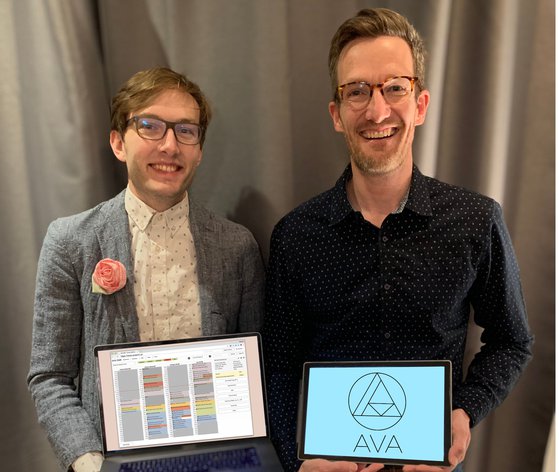It was both easy and difficult when I contemplated my first Dr. Gadget story for Alberta Doctors’ Digest. With so many new and awesome tech innovations out there, really anyone of them could be an interesting piece on its own. However, it has been hard to ignore the biggest elephant in the room, particularly in Alberta, where physicians and our health care colleagues will be expected to undergo very challenging times with both economic and professional uncertainty. Much like the newly redesigned Motorola Razr, it seems like the economic times of the late 2000s are re-emerging to haunt us once again, warning us direly with its flashing blinks and alarming boops.
This seems overwhelming and perhaps a bit dreary. How can we, as physicians take control of such a big and imposing change to our climate of practice?
Well, this is a column about gadgets and tech. And the best part is that technological innovation has always stemmed from an impossible challenge. Although there is much consternation about Alberta family physicians facing the brunt of the uncertainty, family physicians have also been known to lead the way historically in innovative patient care such as the Patient Medical Home and palliative care, just to name a few.
So, what seems big, imposing, and impossible to change? Well, what about something as basic as our electronic medical/health records (EMR/EHRs)? A long anxiety provoking topic, our EMRs never seem to get it right. On a daily occurrence, I scroll through pages of checkmarks and clicks just to figure out the last time I prescribed my patient anything. We go through these motions because our workflow is determined by our EMR, rather than the other way around. But what if we could do the impossible? Could physicians really design our own EMR?

Dr. Matt Henschke and his business partner, Dr. Mike Forseth are both practicing family physicians in the Calgary area who saw a much needed solution in the Alberta EMR industry. They shared a feeling common amongst many physicians that the way they structured their clinical practice was dictated by a system that wasn’t purposely designed for how they worked.
According to Dr. Henschke, this feeling started quite early on in his career: “During my GIM rotations in clerkship, I remember being in the ER with three to four sources of data, trying to just get a past history together.” His partner, Dr. Forseth adds: “We really wanted to use software in our own clinic that was simple, intuitive and hosted in the cloud without the need for servers and virtual desktops. As doctors, we also knew we could build a better system that prioritized a medical office’s workflow through a thoughtful user interface.”
This frustration and lack of control over their clinical work led to the creation of their own made-in-Alberta EMR system, AVA Electronic Medical Record, which they have now started offering to their family physician colleagues.
It may be surprising that Dr. Henschke started out his side hustle as a programmer with zero programming knowledge: “I started teaching myself programming in the summer between clerkship and residency. During residency I taught myself (when I had time) some beginner frameworks. Essentially all the data shows that the only way to retain knowledge with programming is to start building a project.” He adds, “I initially built out a patient record in the way that I wished my current EMR worked. As I learned more programming we tweaked and added features until it became a fully fleshed out system.”
Interestingly, for Dr. Henschke, being a physician and a programmer are not mutually exclusive careers; he still practices clinically 40-50 hours a week and spends his spare time tweaking and making interval improvements based on physician feedback and his own work flows. In the end though, Dr. Henschke has no regrets about his programming journey. “There are definitely days where programming feels more like work and less like we're building the future, but I think that's par for the course. More often than not, the joy of building, deploying and refining until we've optimized a workflow is really rewarding”.
Is AVA EMR absolutely perfect? No, of course not. Much like medicine, programming is an iterative process which requires trial and error, risks and reward. And much like medicine, it starts with a history. Asking the important questions of how you structure your own work flow, what your needs are and examining what could be changed. Programming can be a daunting double edge sword. Much like medicine, it’s filled with unpronounceable jargon and meaningless words, but on the flip side, there is also a logical consistency to it.
I like to think of family physicians as project managers; experts in the flow and processes that lead to outstanding patient care. Much like how tech giant Bill Gates takes deep dives into the health care industry, there is no reason for physicians not to explore how easy it can be to learn, program, and build their own gadgets and solutions. This way, we can shift ourselves from simple consumers of software to industry changing producers. And the best part - we can still do it here in Alberta with solutions made by Alberta physicians.
Disclaimer: I have no financial/personal interest in AVA EMR or their creators, nor do I endorse any specific EMR.
Editor’s note: The views, perspectives and opinions in this article are solely the author’s and do not necessarily represent those of the AMA.
Banner image credit: Gerd Altmann, Pixabay.com
